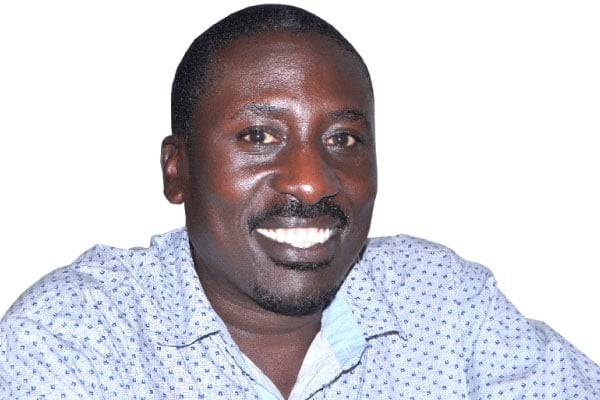Prime
Media and the Ukraine-Russia war

Author: Phillip Matogo. PHOTO/FILE
What you need to know:
- Before we react emotionally to what Russia is doing, we consider both sides of the story.
Much of the thinking regarding the Ukraine-Russia war is a product of media manipulation. While Russian media outlets may be chorusing the official line in Moscow, let us concern ourselves with the “free” media of the West.
This focus results from the view that since the media standards in the West are high, we must hold them to a higher standard.
Thus, only weeks into the war, Western media reports had it that the Russian military had lost 10 percent of the assets it used in the invasion of Ukraine. It further stated that between 2,000 and 4,000 Russian troops had been killed in Ukraine, in the first weeks of the war.
By the media’s focus on the casualties of war instead of the war itself, it has cleverly generated a global emotional response.
No wonder people condemn Putin with all their hearts, instead of their minds.
“The first casualty, when war comes, is truth,” goes the old saying. Let’s apply this.
Putin has been compared to German dictator Adolf Hitler and Russian autocrat Joseph Stalin, by many Western observers.
Intellectually speaking, however, to compare Putin to Stalin is to imply that, like Stalin, Putin has conducted a “Great Terror” where tens of thousands of Russians were executed by shooting or sent to the Gulag labour camps.
In these Gulag labour camps, starvation, disease, exposure, and overwork claimed many lives. We have not seen any Stalinist Gulags in Putin’s Russia.
Then, Stalin’s policy of collectivisation of farmsteads led to 30,000 kulaks (richer peasants) being killed and two million forcibly deported to the Far North (of the then Soviet Union) and Siberia.
Then, Stalin’s “Great Purge” led to deaths in the Communist Party and army of anyone who might oppose him. Ninety three of the 139 central committee members of the Communist Party were killed and 81 of the 103 generals and admirals were executed.
Putin’s record so far has been far less bloodstained, being characterised by state corruption and strong-arm dictatorship; a far cry from the evil Stalin wrought.
Also, let’s look at Hitler’s strategy when it came to war.
Hitler signed the Tripartite Pact, an agreement concluded by Germany, Italy, and Japan on September 27, 1940. This was essentially a defence alliance between the three countries.
Before that, on August 23, 1939, Germany and the Soviet Union signed a non-aggression pact, too.
These pacts were largely a means of keeping some countries out of Hitler’s way as he sought to be overlord of Europe.
In 1949, the primary aim of the North Atlantic Treaty Organisation’s (Nato) founding treaty was to create a pact of mutual assistance to keep America in Europe and the Soviet Union out of Europe.
If anything, Nato’s strategy is similar to Hitler’s: the use of defence alliances and pacts to deftly wage an undeclared war.
True, there is little justification for any country to violate another country’s territorial integrity as Russia has done to Ukraine.
However, Putin says the US and Nato had not considered Moscow’s “fundamental concerns” about the expansion of Nato and deployment of strike missiles near the Russian border.
“The key question was ignored,” Putin was reported to have said, according to the Kremlin statement.
The Russian president went on to say there must be a balance of power on the world stage, adding that “no one should strengthen their security at the expense of other countries”.
It is thus important that before we react emotionally to what Russia is doing, we consider both sides of the story without any bias.
To do this, we need to protect our minds from an onslaught of media biases.
Mr Phillip Matogo is a professional copywriter
[email protected]




